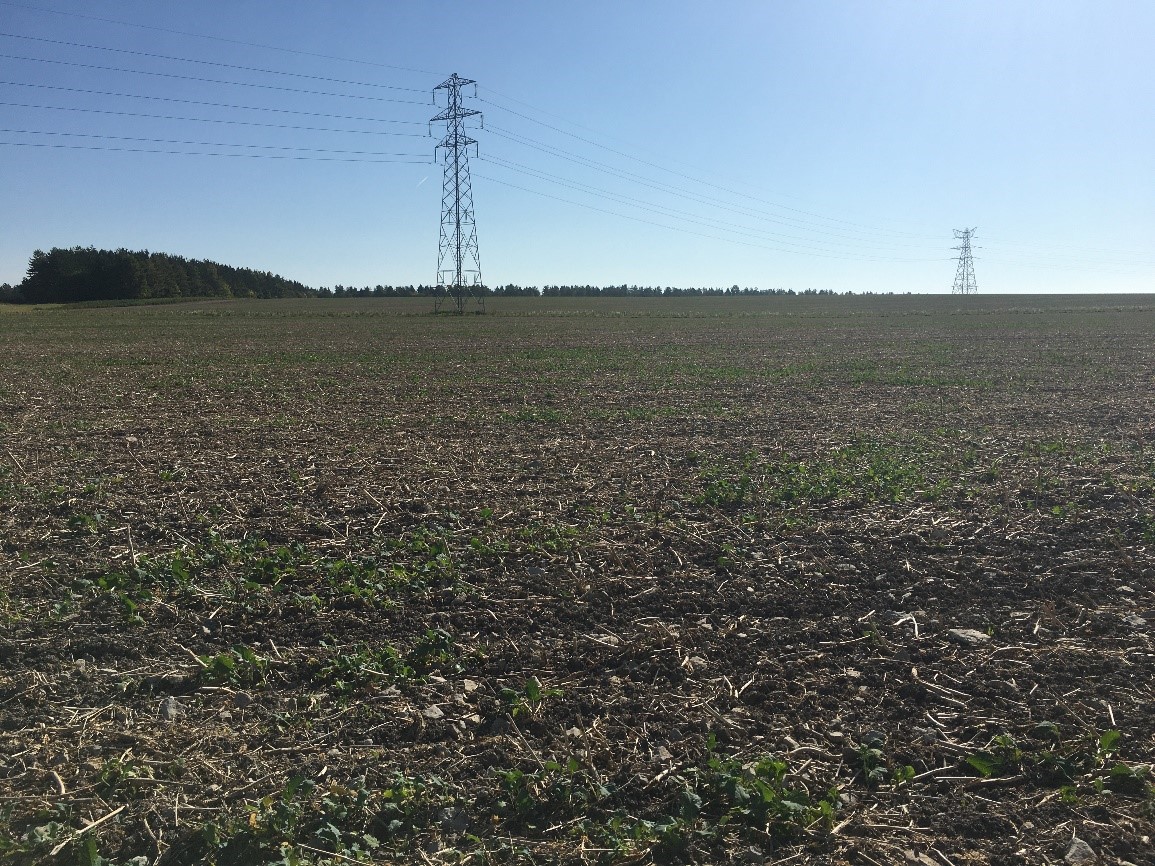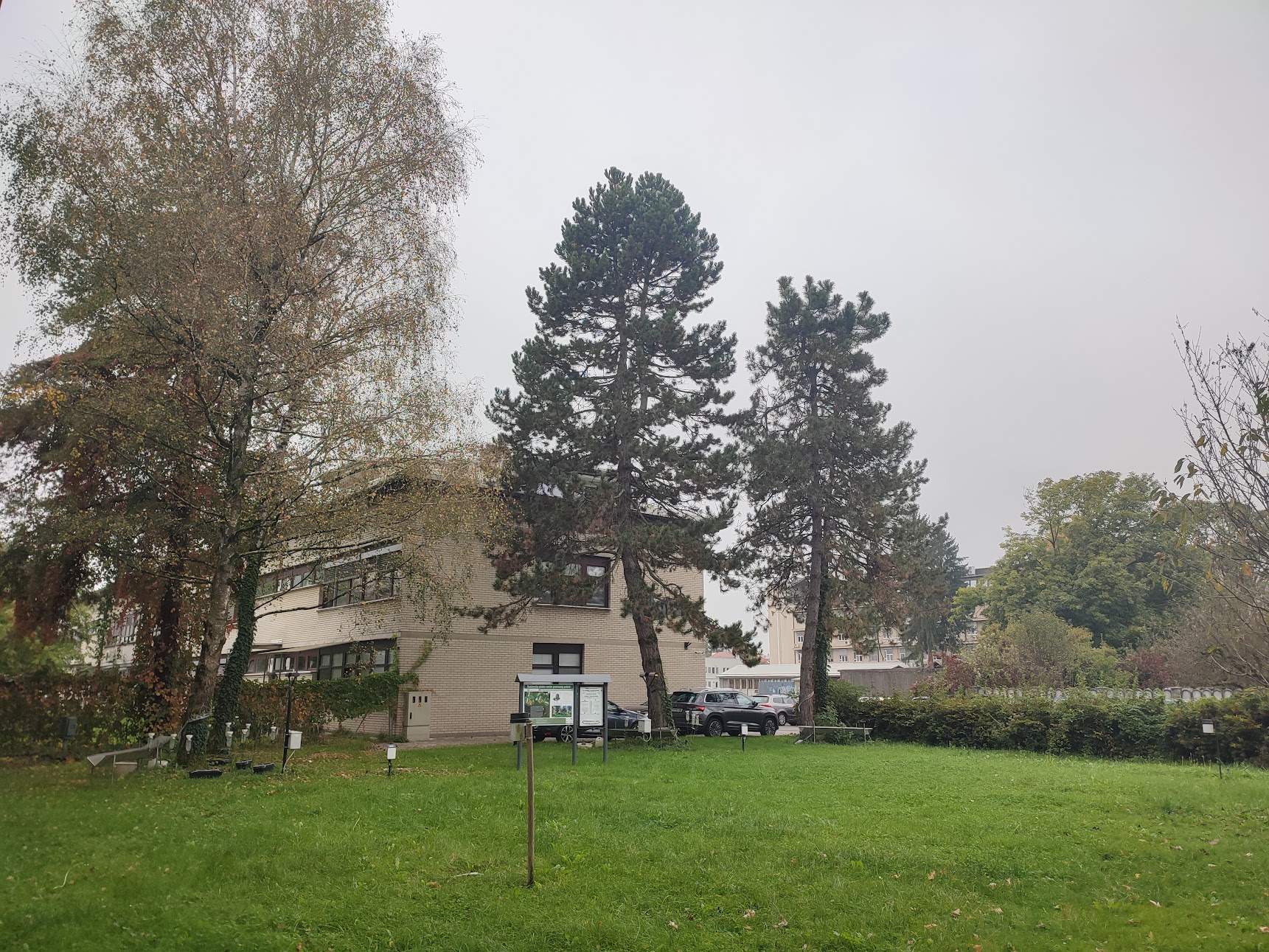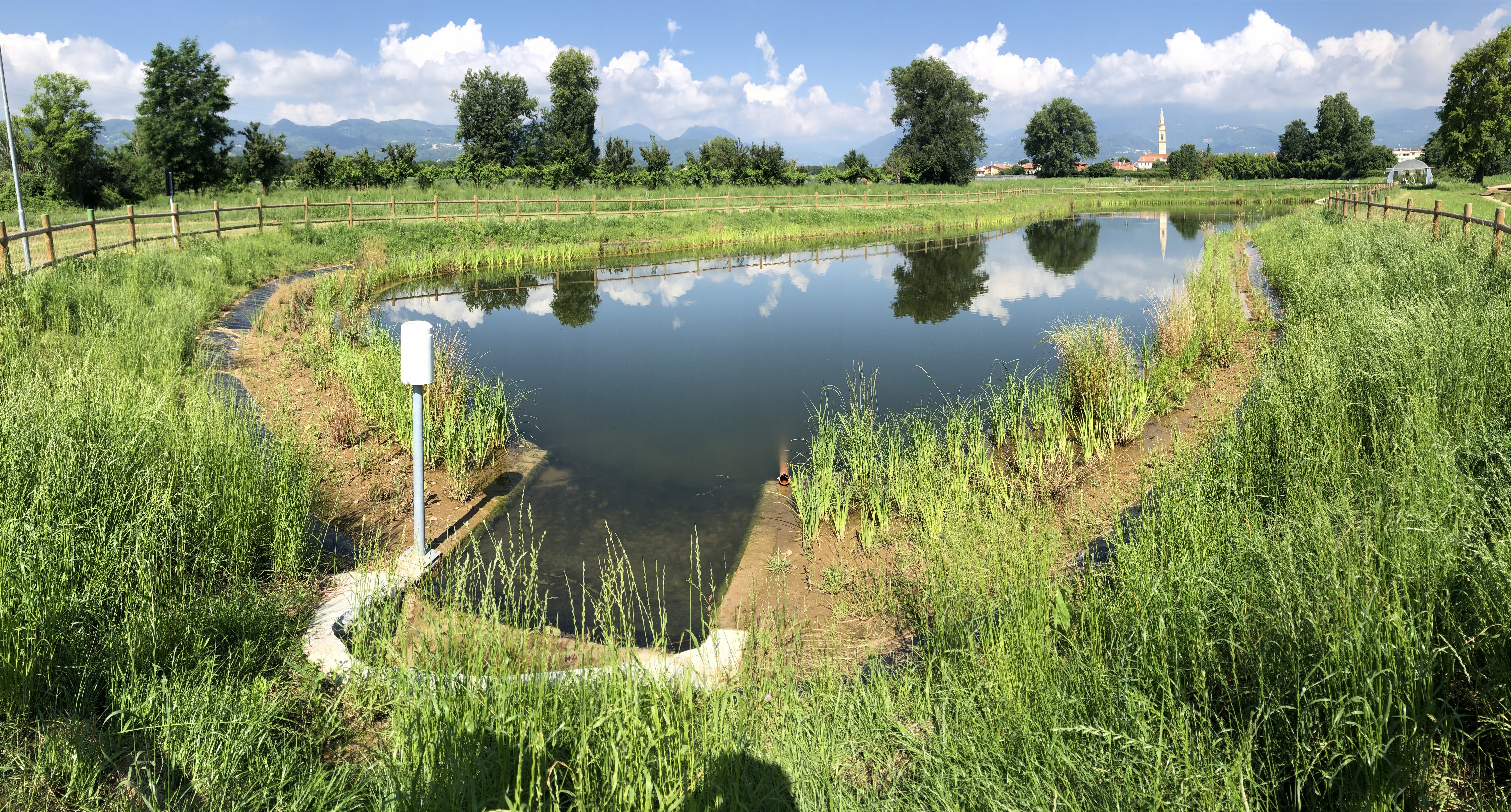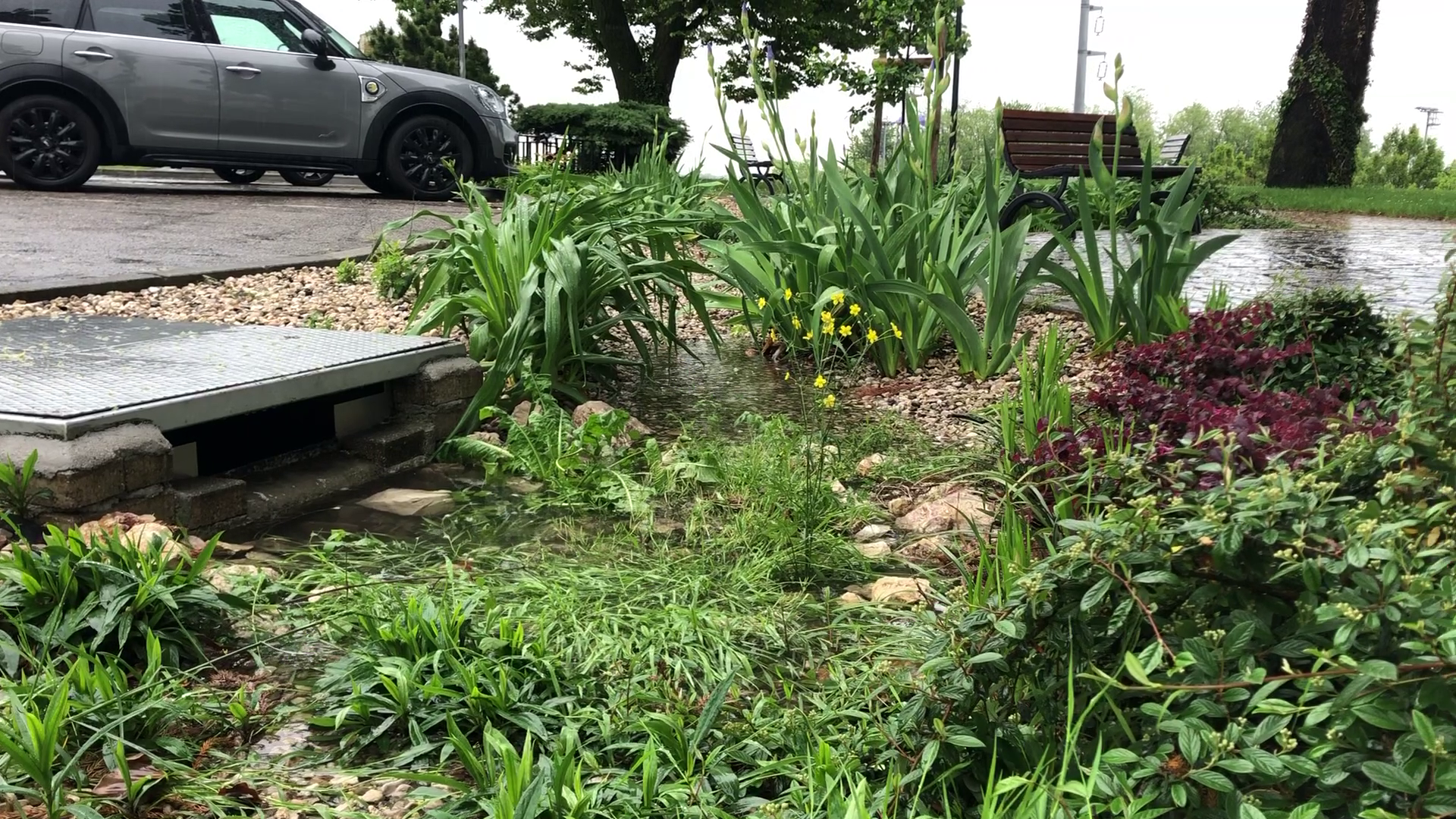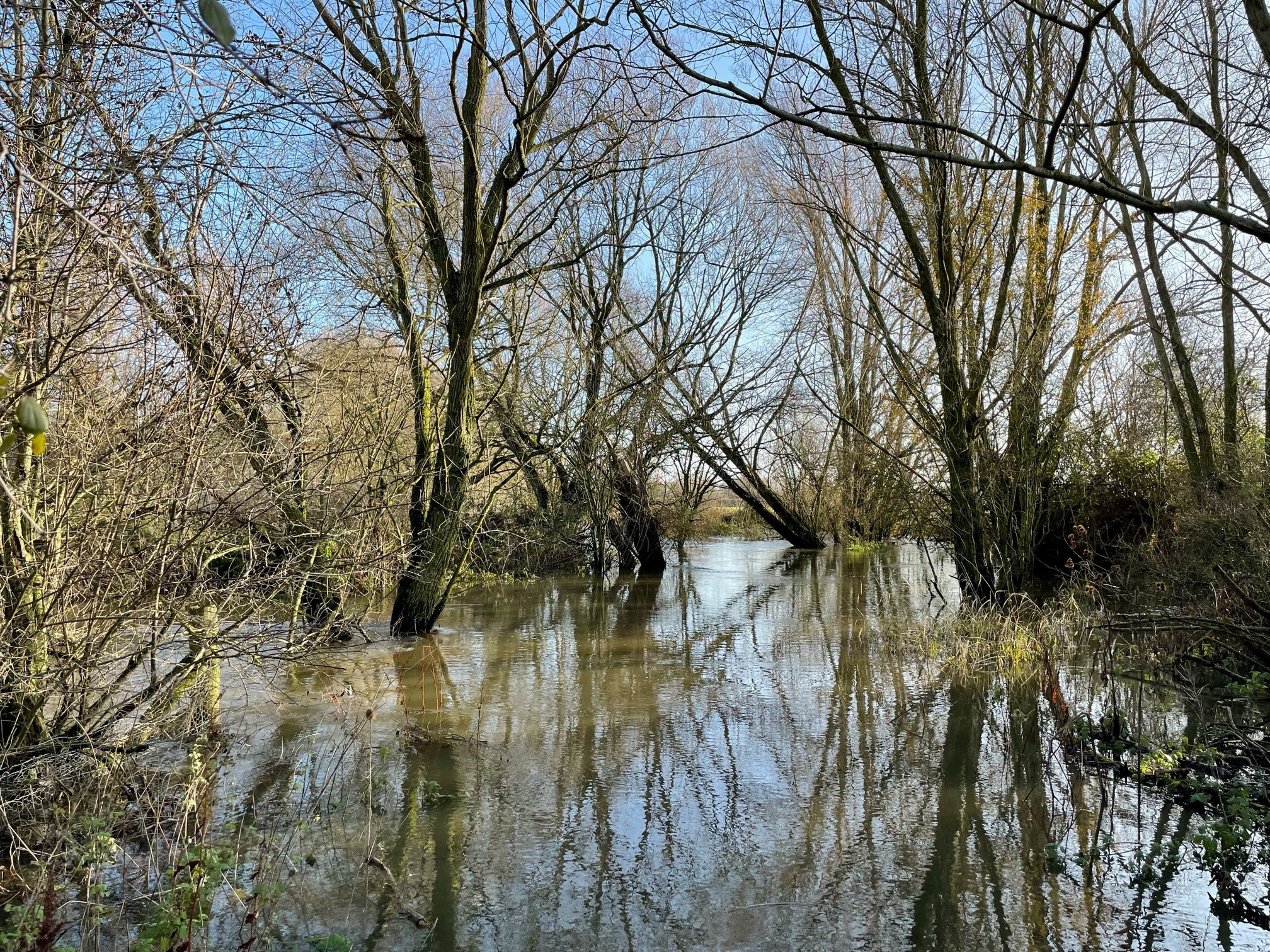
Read More
Blackwater and Highland Water are sub-catchments of the Lymington river in the New Forest National Park (in the UK South-East River Basin District) The River Cole is located in the Thames River Basin District, west of Oxford. Lymington River and Cole River catchments benefited from floodplain restoration (river remeandering, logjams, etc) in the early 2000’s. For this case study the core objective is to understand better the impact of floodplain restoration activities in the long term (over almost three decades).
